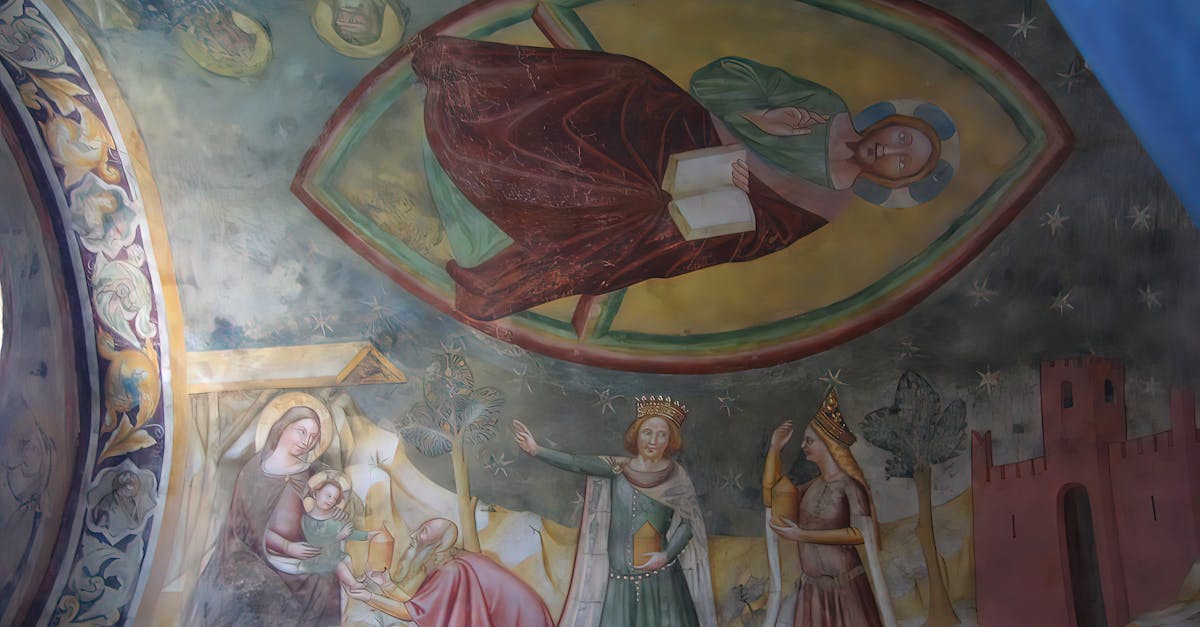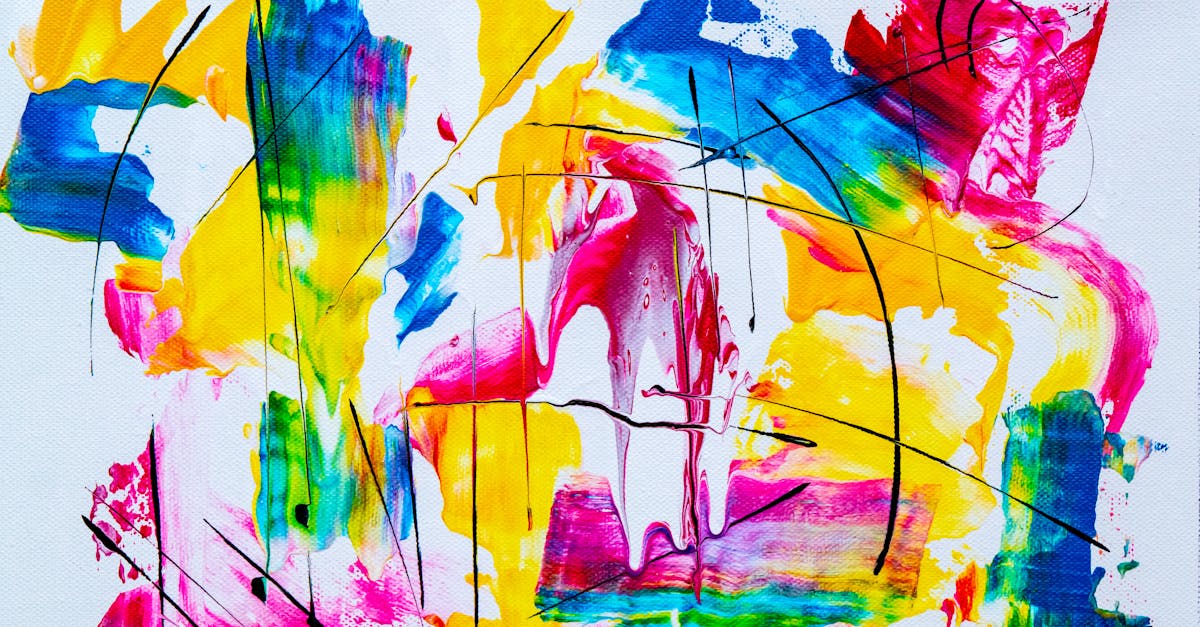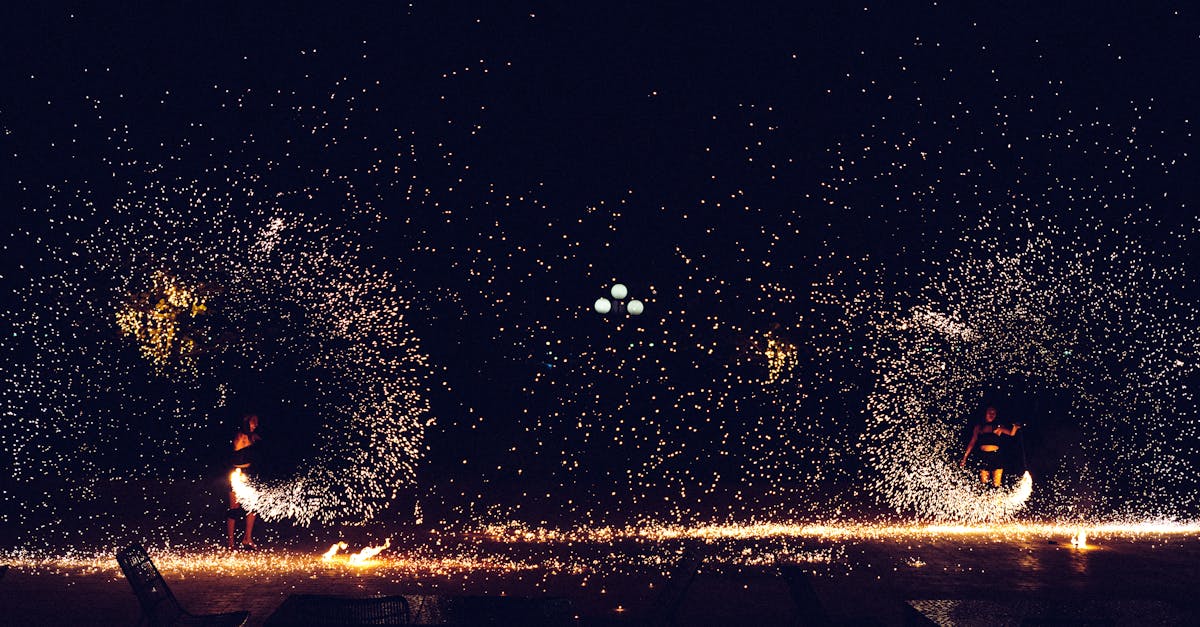The Rhythm of the Renaissance Era
Introduction
The Renaissance era, stretching from the 14th to the 17th century, stands as one of the most transformative periods in Western history. It was a time of revival in art, culture, and intellect, inspired by the classical works of ancient Greece and Rome. However, beyond paintings and sculptures, music played an essential role in embodying the spirit of this rebirth. Distinctive for its intricate compositions and harmonies, Renaissance music saw the birth of unique rhythmic patterns that were innovative for its time. These rhythms, though rooted in medieval traditions, were distinctively modern in their fluidity and expression. Understanding the rhythmic framework of the Renaissance offers insights into its broader cultural impact.
Advertisement
Roots in Medieval Traditions
The Renaissance's rhythmic foundation developed from the medieval period. During this earlier era, much of the music followed a rigid structure defined by plainchant. The plainchant or Gregorian chant, used extensively in liturgical services, focused on monophonic melodies and minimal rhythmic variation. However, as Renaissance composers sought greater expressiveness, they began to manipulate time signatures and introduce more complex rhythmic patterns. The transition from medieval to Renaissance music represents a shift from strict rhythmic conventions to a freer exploration of meter and tempo.
Advertisement
Innovations in Rhythm and Time
Renaissance musicians employed new techniques that contributed to the distinct rhythmic texture of their music. They experimented with syncopation, the practice of placing accents on weaker beats, creating a sense of vitality and movement. As musical notation evolved, it permitted greater rhythmic precision, allowing composers to illustrate complex rhythmic ideas. This evolution was made possible by the development of mensural notation, which differentiated note values and time signatures. This notation system afforded composers more flexibility, resulting in more varied and sophisticated rhythmic compositions.
Advertisement
Rise of Polyphony
A hallmark of Renaissance music is the use of polyphony, where multiple independent melodic lines coexist harmoniously. This complexity was not just melodic; it extended to the rhythm. Within a polyphonic texture, composers layered rhythms to create intricate musical tapestries, with interlocking rhythmic patterns enhancing the melodic interplay. Composers like Palestrina and Josquin des Prez masterfully interwove different rhythmic motifs, a technique that challenged both performers and listeners. This complexity not only enriched the musical landscape of the time but also foreshadowed the layered textures of Baroque music.
Advertisement
Dance Music and Rhythms
As the Renaissance flourished, so did its secular musical expressions, notably through dance music. Courtly dances such as the pavane and galliard were particularly popular, each characterized by its distinctive rhythmic structure. The pavane, a slow, stately dance, typically featured a duple meter, while the galliard, known for its lively and energetic feel, was set in a triple meter. Renaissance composers like Tielman Susato and Michael Praetorius captured these rhythmic nuances, providing a vivid musical portrayal of dance at courtly gatherings, festivals, and celebrations.
Advertisement
The Influence of Word Painting
Renaissance composers were acutely interested in how music could represent ideas and emotions through word painting. This technique entailed using musical elements to underscore the textual content of a piece. Rhythmic shifts played a crucial role in enhancing these expressive endeavors. For instance, a quickened tempo could convey the excitement or urgency embedded in the lyrics. Likewise, syncopated rhythms might illustrate the text's emotional turmoil or tension, thereby creating a profound connection between the music and its poetic content.
Advertisement
Development of Instrumental Music
Although vocal music dominated the Renaissance, instrumental music gained prominence and contributed uniquely to rhythmic diversity. As lutes, spinets, and viols became fixtures in musical ensembles, they introduced rich rhythmic possibilities. These instruments lent themselves to varied rhythms, each shaping the character of a piece. This period saw the emergence of instrumental genres such as the fantasia, ricercar, and canzona, each offering an exploration of rhythm and thematic variation. Instrumental music flourished, laying ground for the technical and expressive feat seen in later eras.
Advertisement
The Transition to the Baroque Era
As the Renaissance period began to wane, its rhythmic innovations laid the groundwork for the Baroque era. The transition was marked by an even greater emphasis on contrast and drama, with rhythm playing a crucial role in achieving this. Composers explored intricate counterpoint details introduced in the Renaissance while leaning towards regularity and predictability in rhythms. The groundbreaking rhythmic concepts of the Renaissance did not vanish; instead, they evolved, informing the development of new styles and compositional techniques in the 17th century.
Advertisement
Impact on Modern Music
Though centuries have passed since the Renaissance, its rhythmic patterns continue to resonate in contemporary music. The exploratory spirit of the era laid the foundation for diverse musical expressions, influencing genres from classical to jazz. Syncopation, polyphonic textures, and rhythmic freedom pioneered by Renaissance composers have left a lasting legacy. Modern artists often cite Renaissance works as a source of inspiration, drawing from the era’s rhythmic innovations to expand their musical repertoire. In doing so, they ensure that the Renaissance rhythm remains alive in an ever-evolving musical landscape.
Advertisement
Conclusion
The Renaissance rhythm serves as a testament to the era’s profound influence on the musical world. By blending innovation with tradition, composers of the time crafted compositions that broke free from the constraints of the past. The era's focus on rhythmic exploration helped define the dynamic nature of Western music, leaving behind a legacy of creativity and expression. As listeners today engage with music influenced by these rhythmic patterns, they connect with a period of cultural and musical rebirth. Despite the passage of time, the rhythms of the Renaissance continue to echo, inspiring future generations of musicians and audiences alike.
Advertisement


